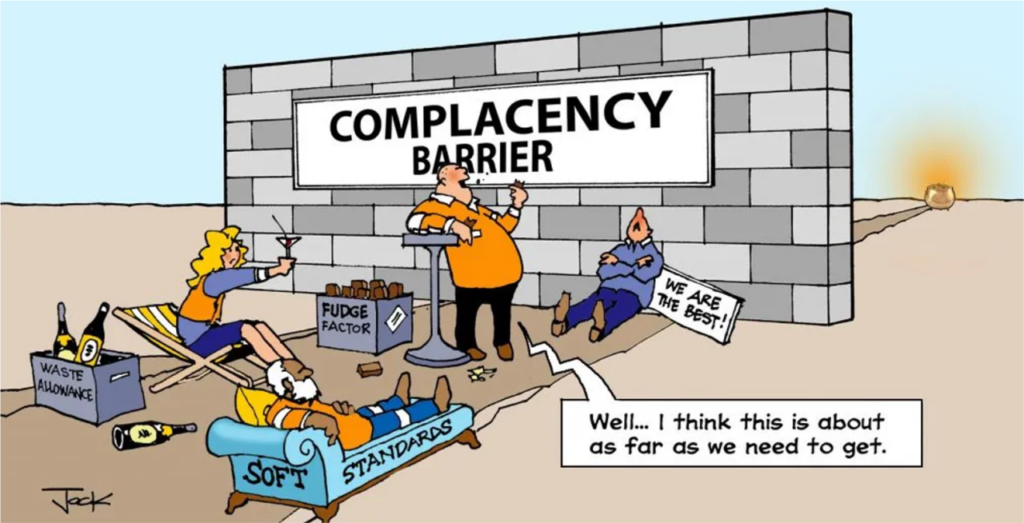
Complacency is the result of habit. When we perform a task, a neural pathway is formed between the different areas of the brain involved in the completion of the task. As we complete the same tasks over and over, the neural pathway becomes established and reinforced, requiring less effort and less thinking on our part in order to complete the task. When this happens, we’re on a kind of “autopilot.” In certain fields, this can be a dangerous thing. Complacency causes decreased awareness and receptivity to events and hazards in the world, creating a dangerous, and possibly deadly, situation.
Statistics show experienced truck drivers are much more likely to be involved in a catastrophic crash. In a study run by HNI insurance company, almost all cases of their largest truck claims came from drivers with more than 5 years of experience; and this is a national trend. While rookie drivers may be making more minor mistakes such as fender benders, dings, etc., the more serious crashes are being caused by veteran drivers. Veteran drivers have experience and have developed confidence in their abilities. They have become comfortable with their jobs and that can lead to complacency. Road hazards, traffic congestion, and bad weather don’t go away when someone gains experience. Distracted or inattentive driving often comes with years of experience.
Safety is an ongoing endeavor. When you start feeling too comfortable, think about the hazards you may be missing. Change your routine a bit; any change from the usual can help you stay on your toes. Learn new techniques that can help you stay safe, such as hands-free technology, to help you avoid distractions. The cure for complacency is constant training and change.